Here’s what I’ve learned testing the best smart rings — 5 things you need to know
I wasn’t sure about smart rings. Now, they’re my wearable of choice.
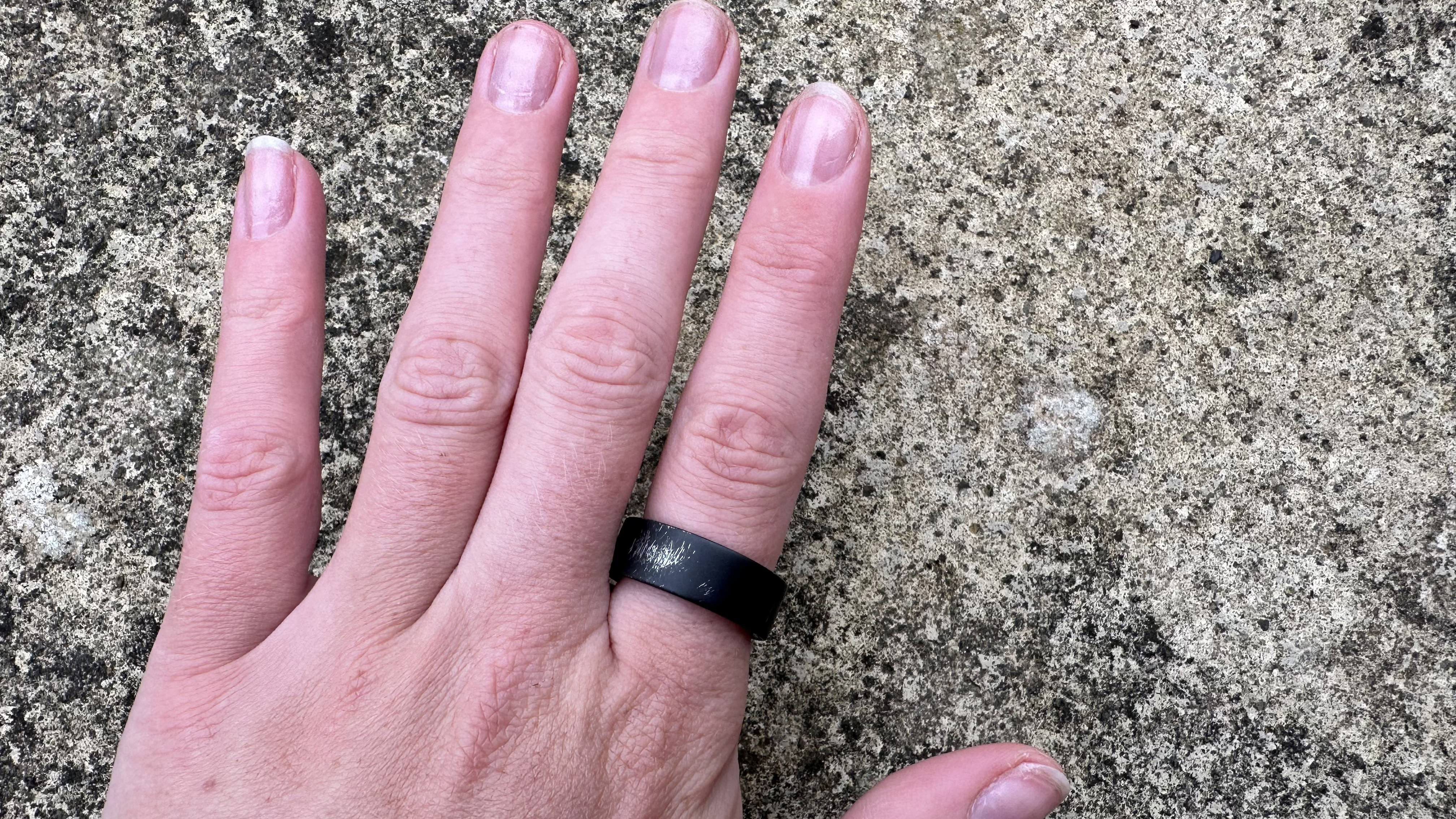
So it looks like Apple is making a smart ring — but should you be paying attention? After all, surely you can get the data you need from your smartwatch. I thought something similar when I first heard of smart rings ... and then I tried one.
The first smart ring rolled onto my desk in 2017. It was the first generation of the Oura ring, and as excited as I was to (finally) hold a smart ring in my hand, I wasn’t convinced I’d like it, let alone that it would have mainstream appeal.
At that point, I’d already been reviewing wearable tech for years, putting the latest activity trackers and sports watches to the test. But a smart ring seemed like too much of an unknown entity.
I also knew that, at least at the time, the smart ring space, more generally, had experienced many false starts, hardware issues, and legal troubles. That’s not even considering that they’re notoriously difficult to make and convince people they need.
Even before fitness trackers came around, people were used to strapping watches to their wrists and having some technology on their arms at all times. Sure, plenty of people wear regular rings, but not ones with any tech or mechanism inside them.
But after spending a few weeks with the original Oura, I was a convert. I enjoyed wearing the tech on my finger instead of my wrist and found it much more comfortable generally throughout the day, but especially at night.
I also liked wearing a tracker without a screen, which meant I wouldn’t feel as distracted when I was working. The design was so small and light that it went with everything and didn’t interfere with whatever I wore that day.
iMore offers spot-on advice and guidance from our team of experts, with decades of Apple device experience to lean on. Learn more with iMore!
And most importantly, the data the ring’s app presented focused on my well-being, recovery, and energy levels. It aligned more with what I was interested in rather than just basic workout data and how many steps I’d taken on any given day.
The smart ring has come a long way

As happy as I was with the original Oura ring then, fast-forward nearly seven years, and I’m pleased to say this kind of technology has vastly improved. The Oura has had significant upgrades since its first iteration and is now on its third version.
Other competitors have also entered the space, creating smaller, lighter, thinner, easier-to-wear designs. The range of data they collect is also even more accurate, comprehensive, and beautifully presented.
One great example is the Ultrahuman Ring Air, which I’ve just spent a month testing. This more recent experience with one of the newest rings you can buy has inspired me to share a few of my initial concerns about smart rings and what I think you need to know before you consider buying one.
1) Get the size right, and comfort isn’t an issue
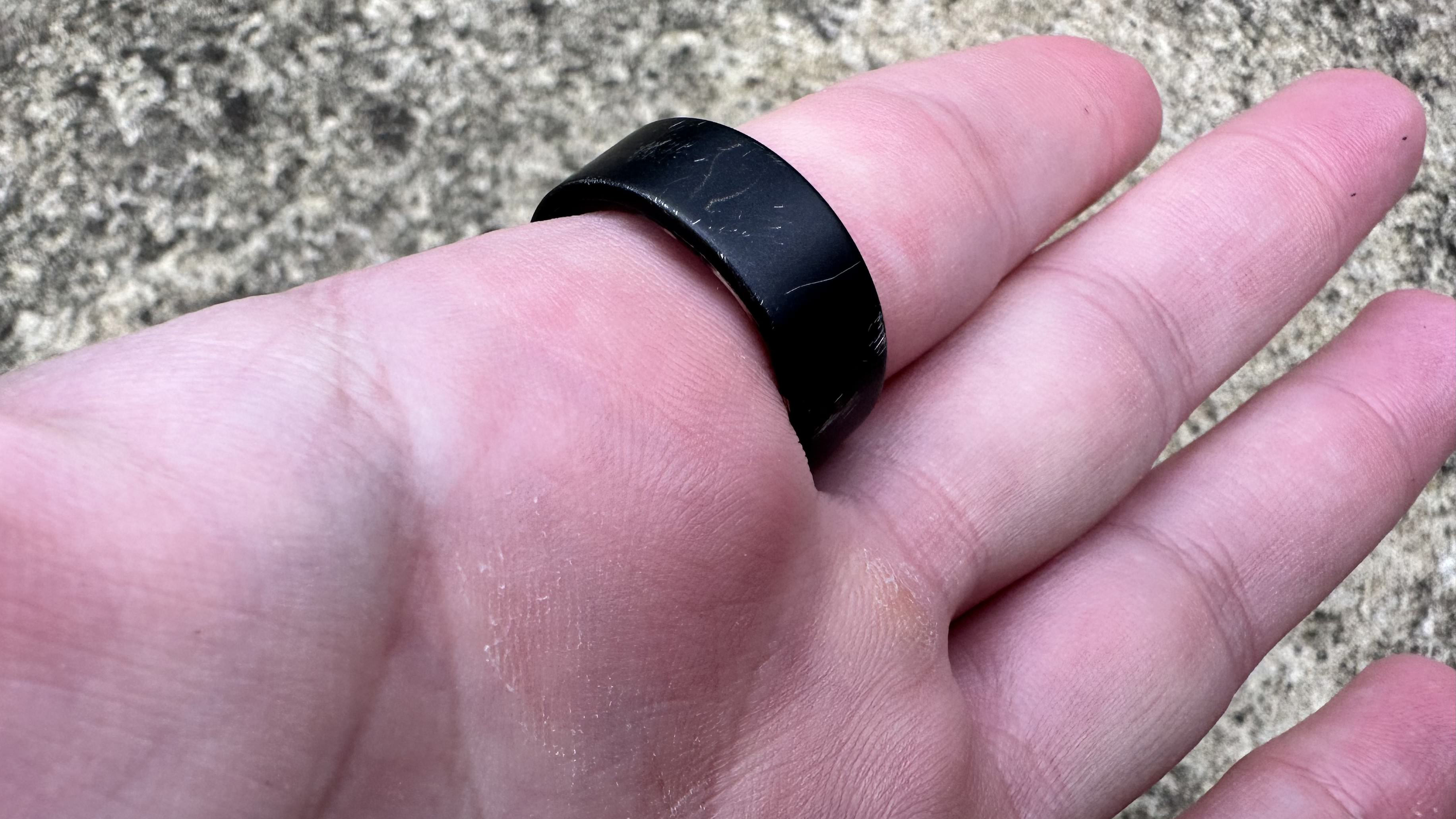
Most fitness trackers that strap to your wrist can be adjusted with a buckle or a clasp. This means you can get most of them to fit you. With smart rings, it’s a different story. Get the wrong size, and there’s no adjusting them. This is important, considering the sensors that line the inside of the ring must be very close to your skin.
The good news is that most smart rings come in conventional ring sizes, which means you can buy a ring sizing kit or go to a local jeweller to have your ring size accurately measured.
Most smart ring companies will also send out a free sizing kit filled with dummy rings to make you even more sure you’re ordering the right one. Although it’s worth bearing in mind these are made of plastic and won’t feel the same as the finished product – plus they’re a bit wasteful.
Finding the right ring size is imperative, but it’s also easier than you might expect.
2) Choose your favorite style, and you won’t get bored
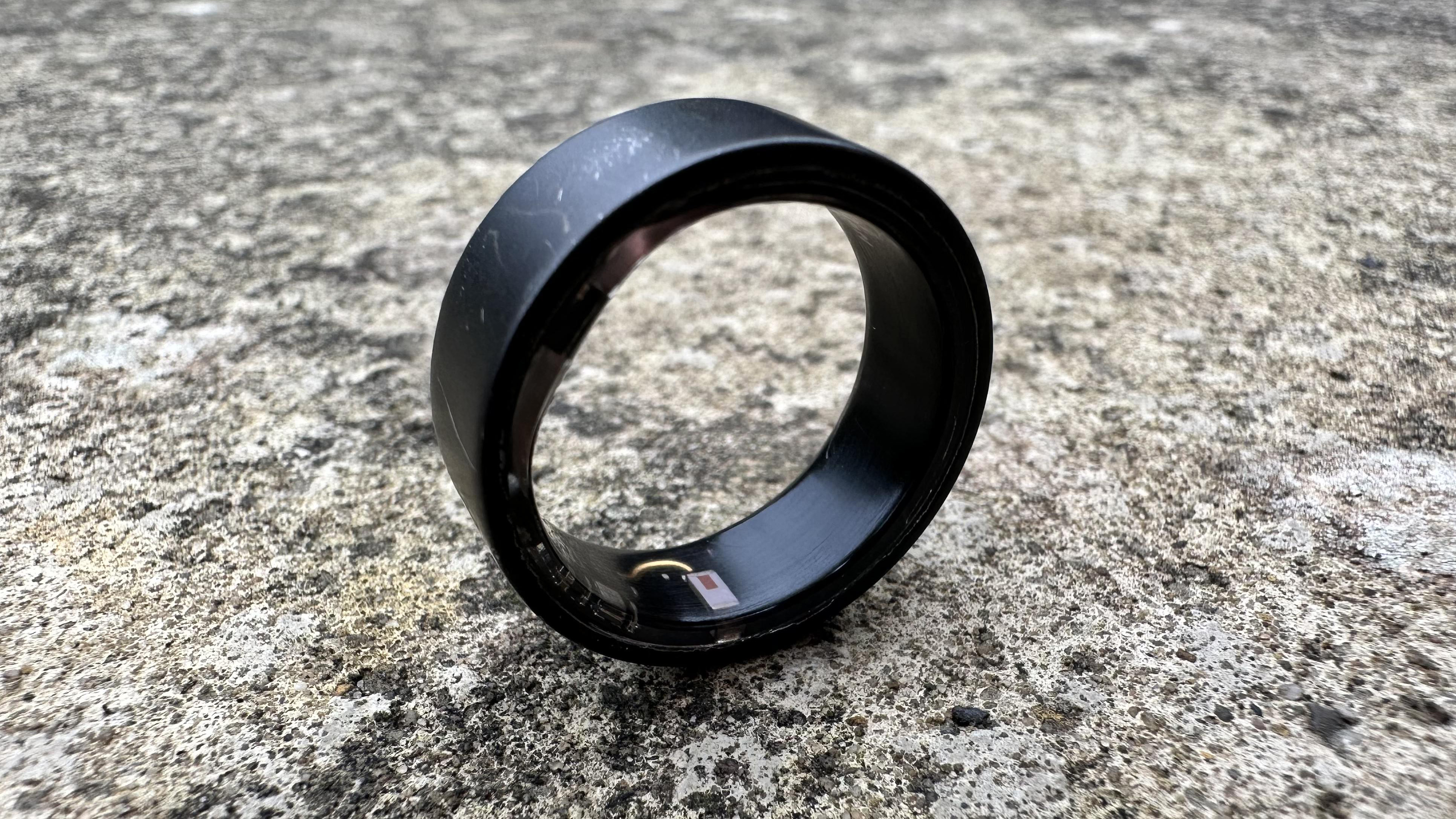
There aren’t a wide range of colors and finishes to choose from. But some options are available, so take a look and make sure you’re picking one you like the look of rather than going for the default choice.
One of my only criticisms of the Ultrahuman Ring Air is that it got scuffed and scratched as I tested it. I imagine this was because there was a matte black finish that, when scratched, revealed the silver ring body underneath.
Luckily, Ultrahuman now offers a silver option, eliminating this issue. But think about which you prefer, which will suit your style, or blend in because it’s so understated. Also, consider how you’ll use the ring. If you lift weights or do a lot of intense exercises that might scuff or mark it, go with the finish that is least likely to show wear and tear.
3) Check the app regularly to get the most from your data
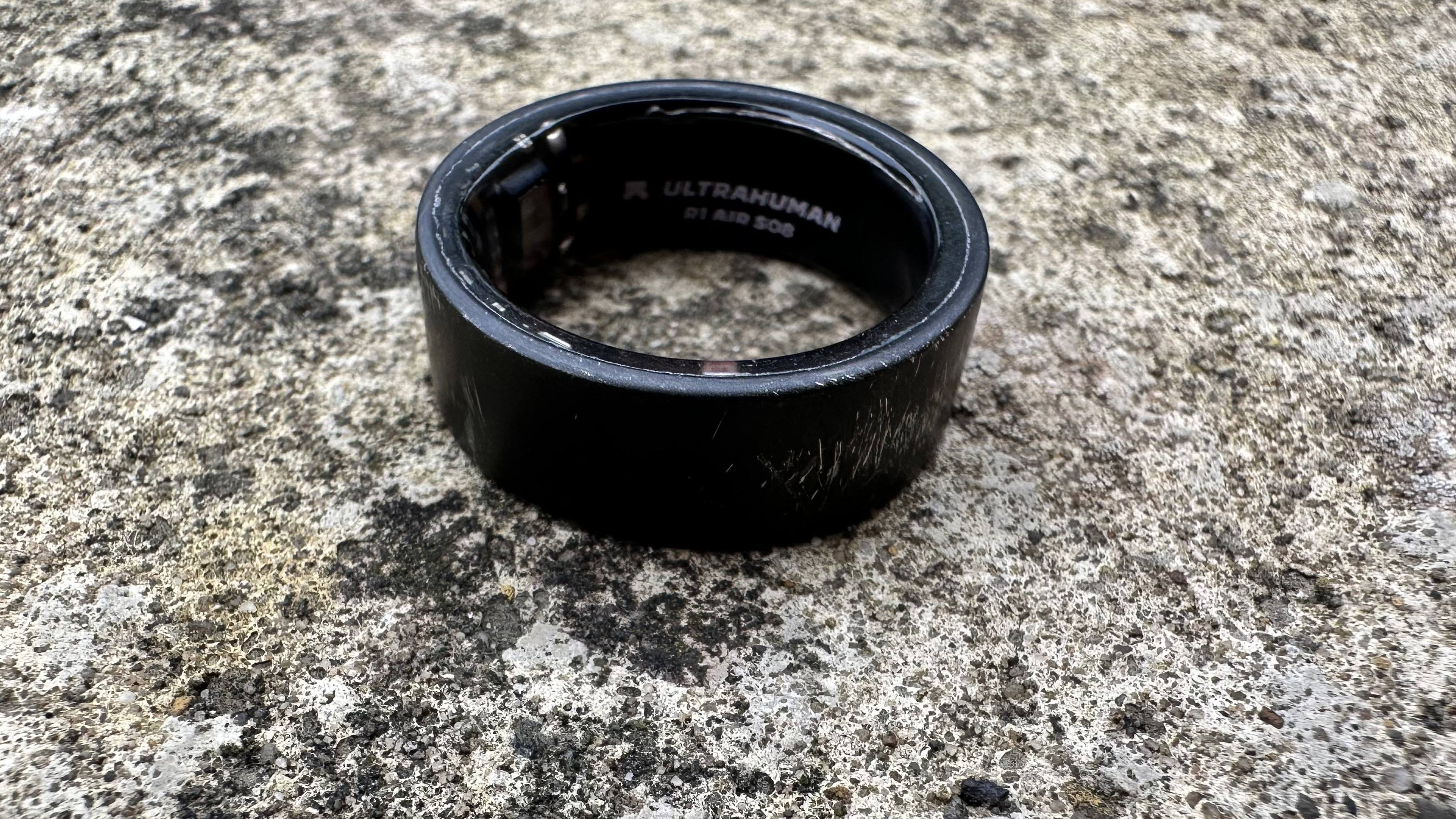
This may seem obvious, but without a screen telling you when you’ve hit goals, prompting you to work harder or notifying you when there’s something you should check within the app, it can be very easy to put the smart ring on and completely forget it’s there.
There’s nothing wrong with that. If it’s working properly, it sends data to your smartphone the whole time that you can check whenever you want. But it defeats the point if you’re never looking at it.
I don’t usually opt into push notifications on my phone, but I will with my smart ring, which is one good way to remember to check what’s happening within the app. I’ve also made a habit of looking first thing in the morning, especially at energy and recovery scores.
4) Take your smart ring off when you lift weights
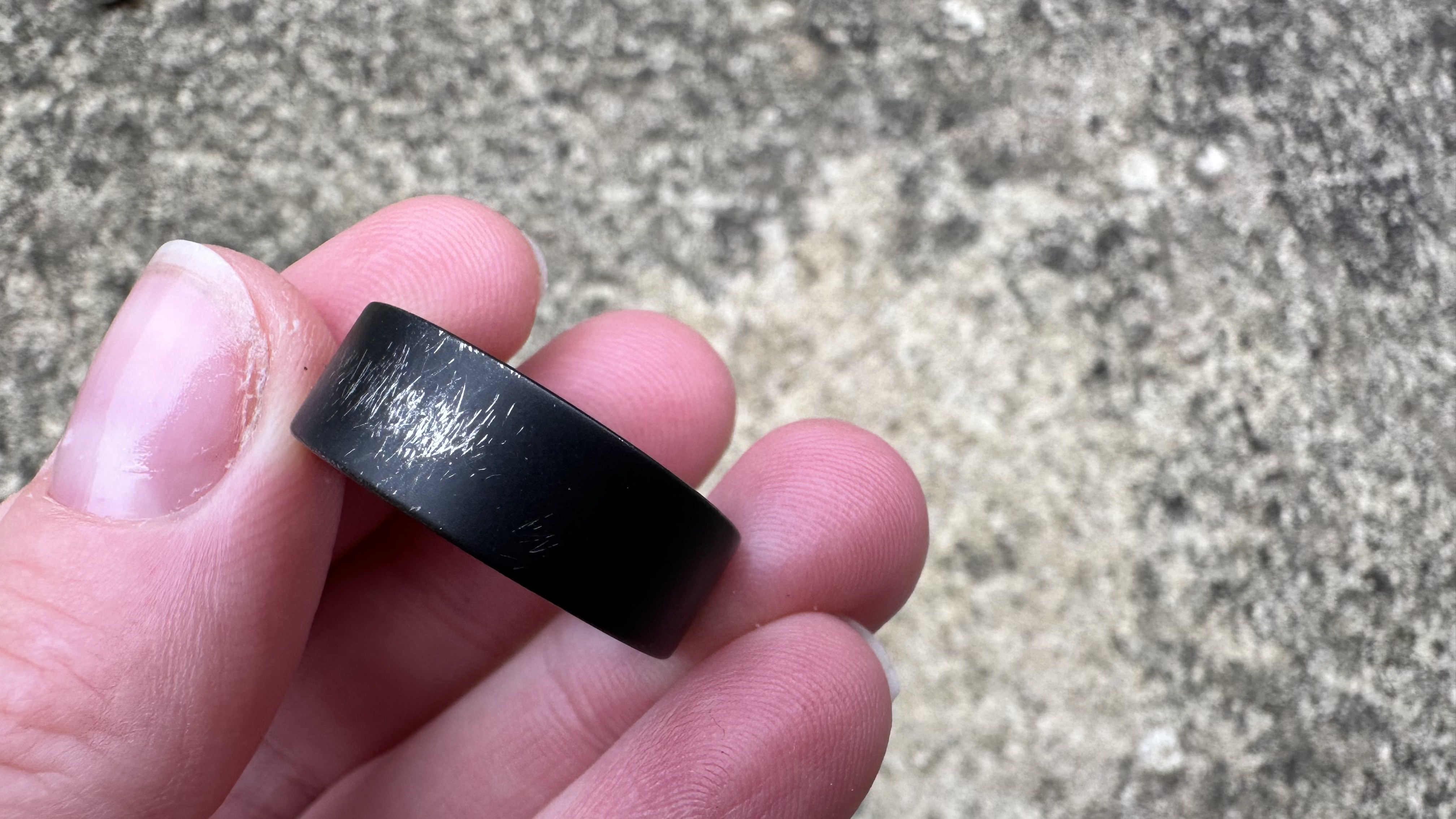
One of the major reasons I scuffed and scratched my Ultrahuman Ring Air was because I used it while lifting weights. The metal of the dumbbells against the ring’s finish led to lots of damage.
Maybe you don’t like taking off a piece of wearable tech, especially when you’re working out – that’s my stance, too. But if you want to protect it, consider removing it when doing anything that could potentially damage it.
Yes, I’m a big fan of smart rings. But, as far as I can tell, there isn’t a material or a finish that will tick all of the boxes in terms of comfort, affordability and suitability for sensors that’s 100% scratch-proof – at least not yet.
5) Put the recommendations into practice
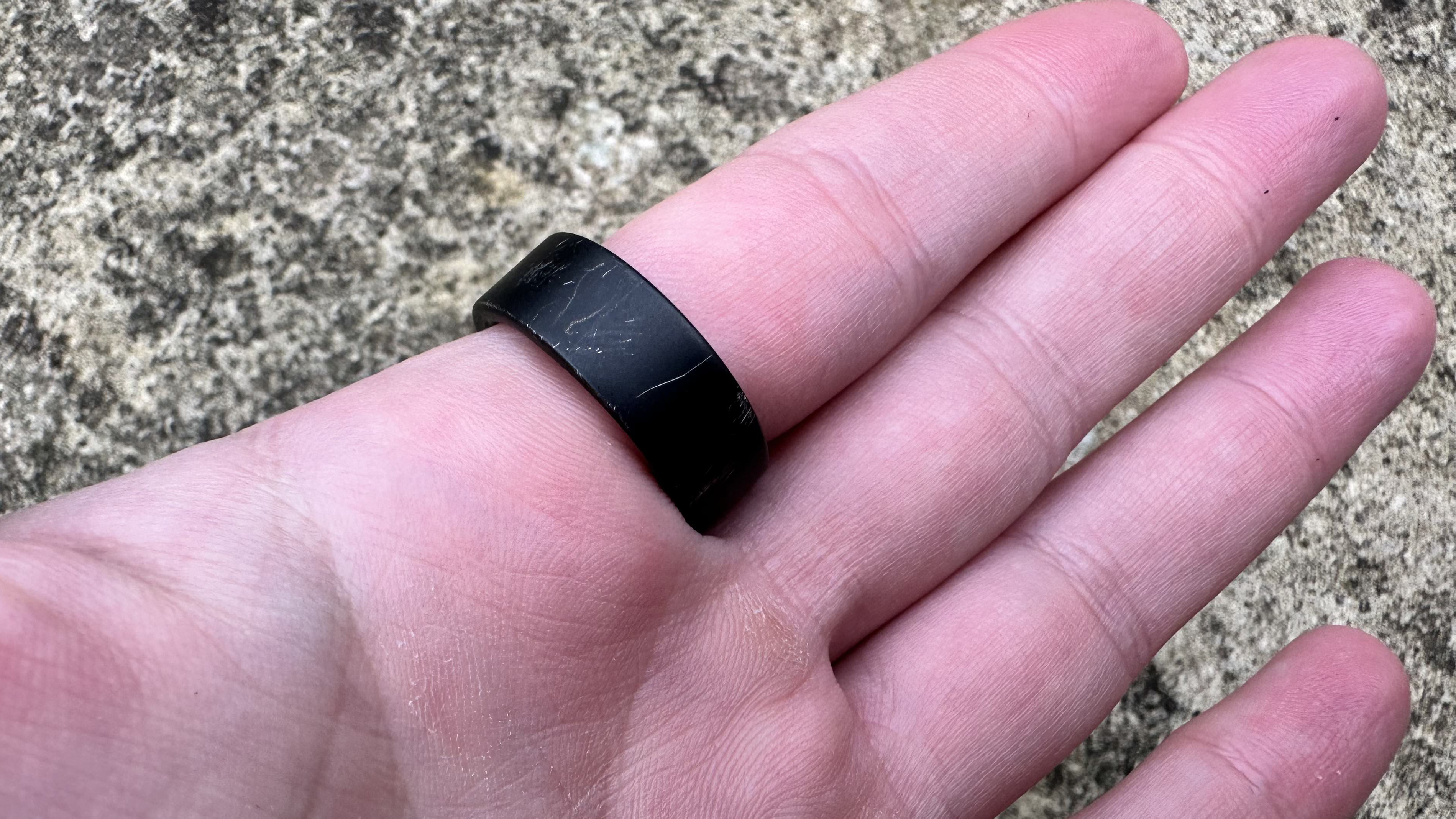
Although smart rings are tiny and impressive gadgetry feats, the apps accompanying them are where all the juicy information is stored. Including recommendations about how you move, sleep and recover.
Everyone is different, and it’s pretty difficult – and not to mention naive – to take everything an app tells you as gospel. But do consider putting some of the recommendations into practice. The way the data is presented makes it easy to see whether any of these suggested habits will have the desired effect quickly. For example, being told to try and get another hour of sleep might not be the easiest behavior change to make for everyone, but you could see your recovery and energy levels lift within a day or two.
You don’t need to be completely governed by the data the apps present or the recommendations they make. We mustn’t let this kind of health and fitness tech dictate how we feel but instead use it to better understand our bodies. In this way, I think it can put us more in touch with what’s going on with our bodies and not less.

Becca Caddy is a contributor to iMore, as well as a freelance journalist and author. She’s been writing about consumer tech and popular science for more than a decade, covering all kinds of topics, including why robots have eyes and whether we’ll experience the overview effect one day. She’s particularly interested in VR/AR, wearables, digital health, space tech and chatting to experts and academics about the future. She’s contributed to TechRadar, T3, Wired, New Scientist, The Guardian, Inverse and many more. Her first book, Screen Time, came out in January 2021 with Bonnier Books. She loves science-fiction, brutalist architecture, and spending too much time floating through space in virtual reality. Last time she checked, she still holds a Guinness World Record alongside iMore Editor in Chief Gerald Lynch for playing the largest game of Tetris ever made, too.
